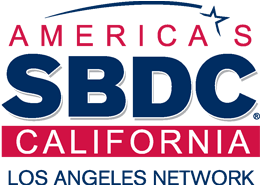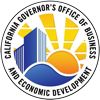Managing cash flow is key to assuring enough cash is on hand to cover expenses, take advantage of opportunities and grow your business. Here are 10 tips to improve your cash flow and ensure your business has the necessary means to achieve its goals.
1. Aim for positive cash flow vs. negative cash flow. Positive cash flow is when your business has more money coming in than it needs to pay bills. Negative cash flow is when your business is spending more money than it takes in that is, cash outflow is larger than cash inflow.
2. If your cash flow is negative, take steps to repair it. Begin by reviewing how you manage your accounts payable and receivable, your inventory and your credit terms. Look for patterns that lead to negative cash flow, such as buying more inventory than you can sell or extending credit to customers who always pay late.
3. Review your numbers regularly. Ideally, you should monitor your sales and expenses daily. At a minimum, monitor your business checking account, accounts receivable and accounts payable each week.
4. Know when receivables are due. Creating an accounts receivable aging report will reveal your customer’s payment habits. Once you have this information, you can follow up with late-paying customers and get paid faster. Encourage on-time payments by sending invoices as soon as work is completed, invoicing online or emailing invoices, and accepting a wide range of payment options.
5. Create sales projections. Monitoring daily sales helps you project inventory needs so you have just enough on hand to meet demand, instead of overstocking excess inventory that costs you money to store and maintain. Projecting quarterly sales based on past history and future estimates helps you plan and budget for inventory purchases.
6. Tighten up credit terms. Extending credit to slow-paying customers can lead to cash flow challenges. Negotiate new terms with existing customers who have been slow to pay, and set stricter terms for new ones. Always check credit reports before extending credit. If appropriate, ask for deposits or partial payment in advance so you have the cash on hand to buy materials or inventory.
7. Conserve cash. Keep more cash in your accounts by staying on top of when your payables are due. You may want to take a different approach to payables depending on your most pressing cash needs. If keeping adequate cash on hand is most important, pay on time, but not early. If you have positive cash flow, cut costs by seeing if you can get a discount for paying early.
8. Work with your vendors. If all of your payables come due around the same time, you are more likely to end up with negative cash flow. Talk to your vendors and see if you can stagger payment dates to help your cash flow. Maintain good relationships with vendors, and they’ll be more willing to help you out.
9. Have a backup plan. Sometimes businesses run into cash flow problems through no fault of their own, so it’s always wise to have a source of quick cash in case of emergency. Plan ahead by working with your SBDC Business Advisor to identify resources such as credit cards, factoring, loans or lines of credit.
10. Harness technology. Accounting tools such as QuickBooks, FreeAgent, Pulse and InDinero can simplify cash flow management by enabling you to monitor your inflows and outflows at a glance, view dashboards and reports, tracking when receivables and payables are due and more.





